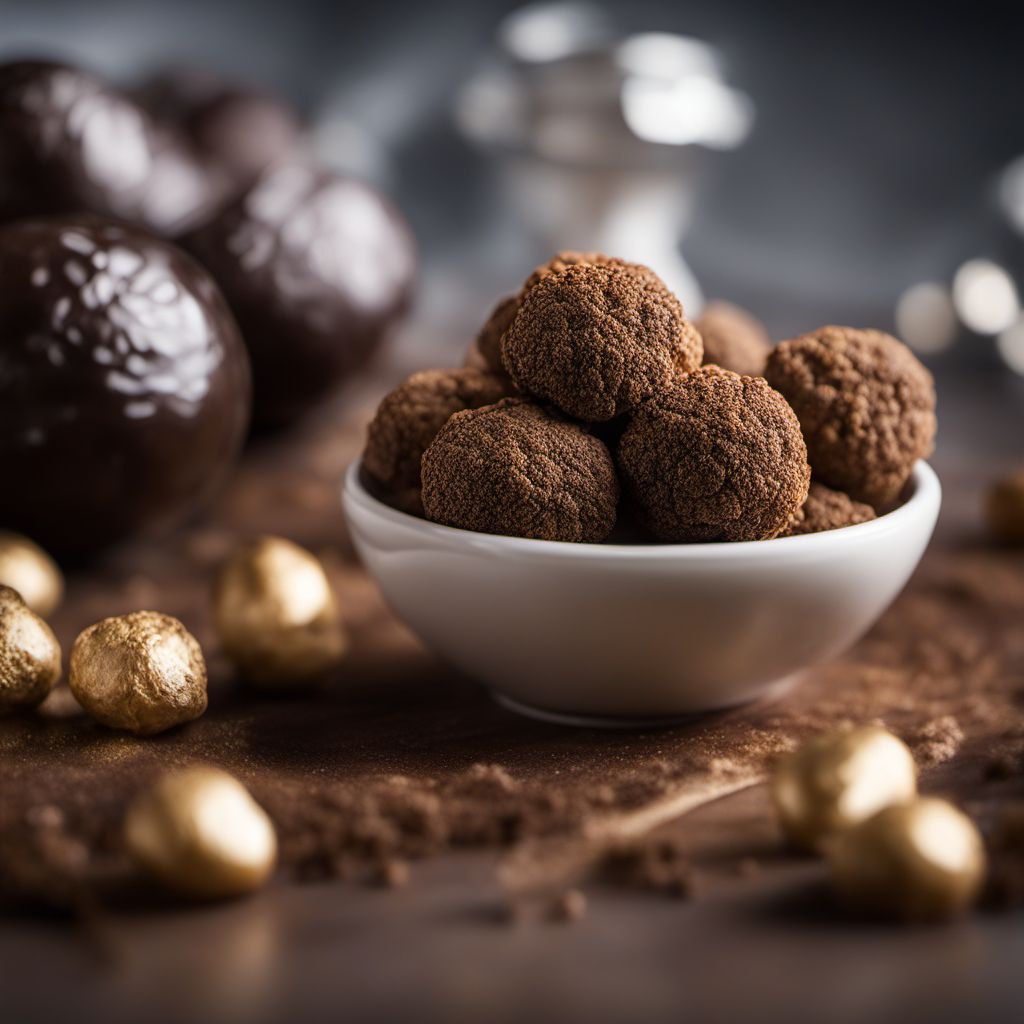
Ingredient
Truffle mass
Decadence in a Jar
Truffle mass is a concentrated paste made from finely chopped truffles, typically black or white. It has a rich, earthy flavor with hints of garlic and mushroom. The texture is smooth and velvety, allowing it to easily blend into sauces, dressings, and spreads. Truffle mass is a prized ingredient that elevates the taste of any dish it is added to.
Origins and history
Truffles have a long history dating back to ancient civilizations. They were highly regarded by the Egyptians, Greeks, and Romans for their unique flavor and aroma. Truffle mass, as we know it today, originated in France and Italy, where truffles are abundant. These regions have a rich tradition of truffle hunting and culinary expertise, making truffle mass an integral part of their gastronomy.
Nutritional information
Truffle mass is a rich source of essential minerals and vitamins. It is low in calories and fat, making it a suitable addition to a balanced diet. However, due to its concentrated nature, it should be used sparingly to avoid overpowering the dish.
Allergens
Truffle mass may contain traces of allergens such as sulfites, which can cause allergic reactions in some individuals. It is important to check the label for any potential allergens before consuming or using truffle mass.
How to select
When selecting truffle mass, opt for reputable brands that use high-quality truffles. Look for jars that are tightly sealed and free from any signs of spoilage or mold. The color of the truffle mass should be dark and consistent, indicating the use of fresh truffles. Additionally, consider the type of truffle used, as black truffle mass has a stronger flavor compared to white truffle mass.
Storage recommendations
To maintain the freshness and quality of truffle mass, store it in a cool, dark place, such as a pantry or cellar. Avoid exposure to heat or direct sunlight, as it can cause the truffle mass to spoil or lose its flavor. Once opened, refrigerate the truffle mass and consume it within a few weeks for the best taste.
How to produce
Producing truffle mass requires expertise and access to fresh truffles. Truffles are typically harvested using specially trained dogs or pigs, as they have a keen sense of smell to locate the truffles underground. Once harvested, the truffles are carefully cleaned and finely chopped. They are then mixed with other ingredients, such as olive oil or butter, to create the smooth paste known as truffle mass.
Preparation tips
Truffle mass can be used in a variety of ways to enhance the flavor of dishes. It can be added to sauces, dressings, and marinades to impart a rich and earthy taste. Truffle mass can also be spread on bread or crackers, used as a filling for ravioli or pasta, or incorporated into mashed potatoes for a decadent twist. A little goes a long way, so start with a small amount and adjust according to taste.
Culinary uses
Truffle mass is a highly sought-after ingredient in gourmet cuisine. It is commonly used in upscale restaurants and is often associated with luxurious dishes. Truffle mass can be found in a variety of recipes, including truffle risotto, truffle pasta, truffle-infused oils, and truffle butter. Its intense flavor and velvety texture make it a favorite among food enthusiasts and chefs alike.
Availability
Truffle mass is commonly available in specialty food stores, gourmet markets, and online retailers. It is primarily cultivated and harvested in regions such as France and Italy, where truffles are abundant.
More ingredients from this category » Browse all
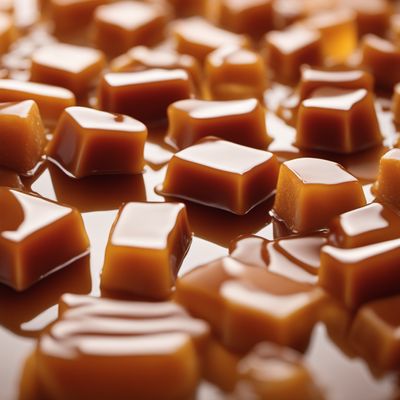
Caramel, soft
Silky Sweetness in Every Bite
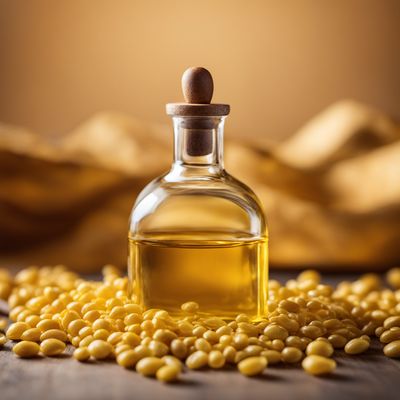
Oil seed mass
Golden Elixir
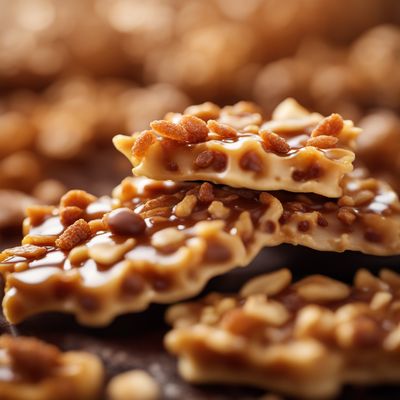
Brittle mass
"Crunchy Delight: Exploring the World of Brittle Mass"
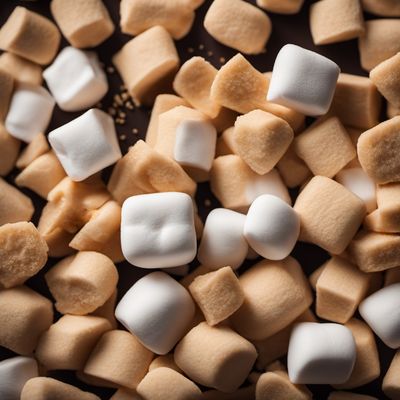
Marshmallow mass
Fluffy Pillows of Sweetness
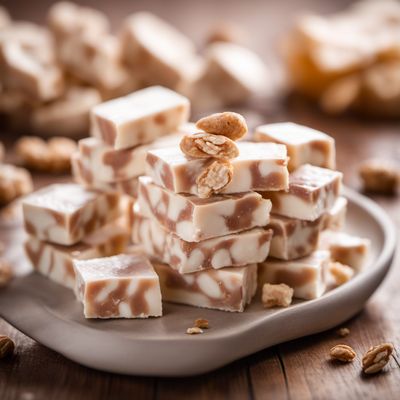
Nougat raw mass
"The Sweet Delight: Unveiling the Secrets of Nougat Raw Mass"
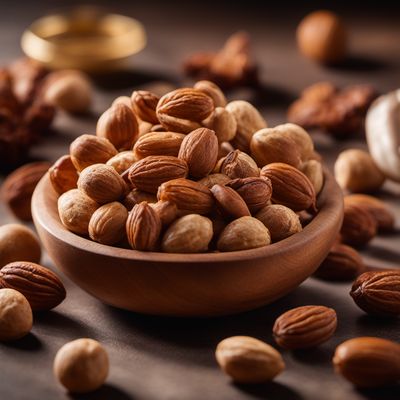
Nut mass
The Power of Nut Mass

Meringue mixture
"Whipped Clouds: Exploring the Delicate Delights of Meringue Mixture"

Florentine biscuit mass
The Delicate Dough

Fondant mass
The Artistic Confection

Liquorice mass
The Bold and Bittersweet Delight
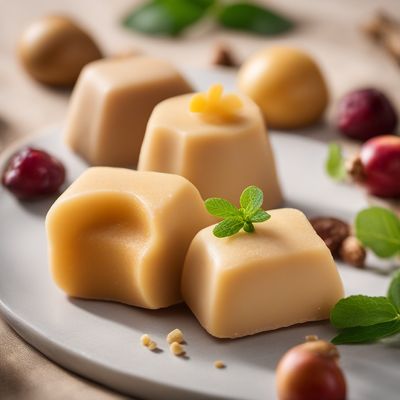
Marzipan raw mass
The Sweet Almond Delight: Unveiling the Magic of Marzipan

Chocolate mass
Decadent Delight: Exploring the World of Chocolate Mass